
Environment
How does your garden grow?
As cities and towns continue to expand into our wild landscapes, conservation gardens can provide refuge for Canada’s plummeting biodiversity
- 3586 words
- 15 minutes
This article is over 5 years old and may contain outdated information.
Wildlife
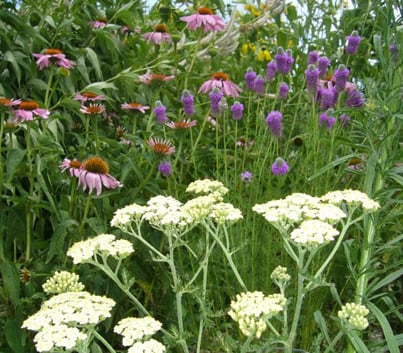
The monarch butterfly begins its multi-generational migration between August and mid-October each year. On its long journey it depends on the nectar of wildflowers for energy and fat, and the leaves of milkweed for egg-laying.
Loss of breeding habitat due to urbanization, logging and agricultural development and the extensive use of pesticides and herbicides are major threats to the species. Butterfly gardens in residential areas can’t supplant important natural habitat, “but even a small plot of native perennials will go a long way in helping monarchs and many of Canada’s other butterflies,” says Sarah Coulber, backyard habitat program coordinator for the Canadian Wildlife Federation. “A colourful patch of native and heirloom plants can delight you and your neighbours as well as provide critical food for resident and travelling butterflies.”
Start by identifying a sunny area that’s also somewhat sheltered from the wind. Butterflies rely on sunlight to regulate their temperature and for energy for flying and foraging.
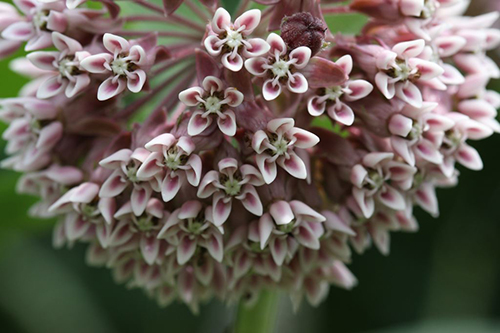
Milkweed is crucial — in fact, the survival of this butterfly depends on its abundance. Once hatched, a monarch caterpillar will munch the plant unceasingly (and exclusively) for nine to 18 days, growing to 2,700 times its newly-hatched size. At that point it forms a light-green chrysalis and hangs upside-down for another nine to 18 days before emerging with a fresh pair of wings. Those eye-catching appendages are also warning signs: adult monarchs store the poison from the milkweed’s white juice in their bodies throughout their lives. It makes them foul-tasting and somewhat toxic to potential predators.
The milkweeds (plants of the genus Asclepias), include common milkweed, butterfly weed and swamp milkweed in Eastern Canada, and showy milkweed and green milkweed in Western Canada. These perennials grow in every Canadian province except for Newfoundland and Labrador. They’re easy to grow from seeds — mature pods can be collected in the wild in early fall, or seed packets can be purchased at certain gardening centres. Plant in the spring as soon as temperatures reach 15 C or warmer.
Common milkweed, especially, can spread aggressively, so it can be better suited to large plots than small urban spots. Each of the milkweeds requires slightly different conditions to grow, well, like a weed, so bear these differences in mind when planting. Swamp milkweed, as its name implies, loves moister conditions with full sun, which is why it grows along riverbanks. Butterfly weed, conversely, thrives in well-drained, sandy soil.
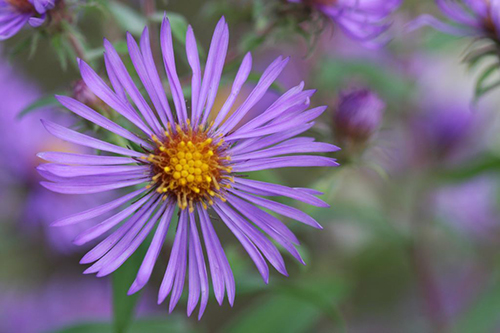
For their all-liquid diet, adult monarchs, like many butterflies, prefer the nectar of brightly coloured flowers, usually in purples, pinks, yellows and whites (perhaps because butterflies have the widest visual spectrum in the animal kingdom). Monarchs, and other butterflies, will flock to gardens with an array of blooms, especially if those blooms have been clustered together to draw attention to the plants. Plant species strategically so the patch is full of flowers throughout the entire growing season.
Some of the monarch’s favourite blossoms are Canadian goldenrod (not to be confused with ragweed, which is the real allergy-culprit), wild bergamot, New England aster, black-eyed Susan, common yarrow and boneset.
“in general,” says Coulber, “maintain your property in an earth-friendly manner, in part by avoiding the use of harsh chemicals and mirroring nature instead.” And a few simple elements can be added to a butterfly garden that will support both local and migratory butterflies, and will improve the likelihood that a large number of monarchs will visit and lay their eggs in your garden:
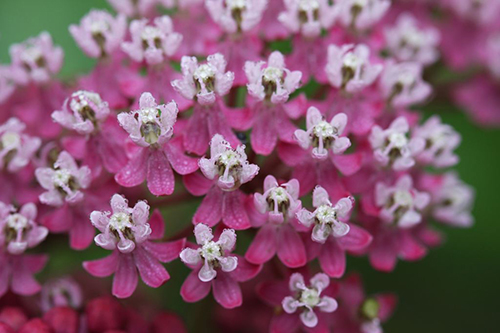
Your butterfly garden, of course, will attract more than just monarchs — there are nearly 300 butterfly species in Canada, and all play an important role as pollinators. Planting a wide variety of butterfly-friendly plants will make for a vibrant garden that can be home to a spectacular assortment of the graceful insects.
A few reliable options are dill, fennel, carrots and parsley for black swallowtails, violets for fritillaries, wormwood, sunflowers and even thistles for painted ladies, and nettles for red admirals.
For additional information about suitable plant species and even more guidelines for planting a flourishing butterfly garden, visit the Canadian Wildlife Federation.
Are you passionate about Canadian geography?
You can support Canadian Geographic in 3 ways:

Environment
As cities and towns continue to expand into our wild landscapes, conservation gardens can provide refuge for Canada’s plummeting biodiversity
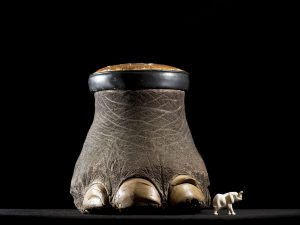
Wildlife
An estimated annual $175-billion business, the illegal trade in wildlife is the world’s fourth-largest criminal enterprise. It stands to radically alter the animal kingdom.

Environment
As cities and towns continue to expand into our wild landscapes, conservation gardens can provide refuge for Canada’s plummeting biodiversity

Wildlife
This David Suzuki Foundation initiative wants to grow homes for local butterflies and bees